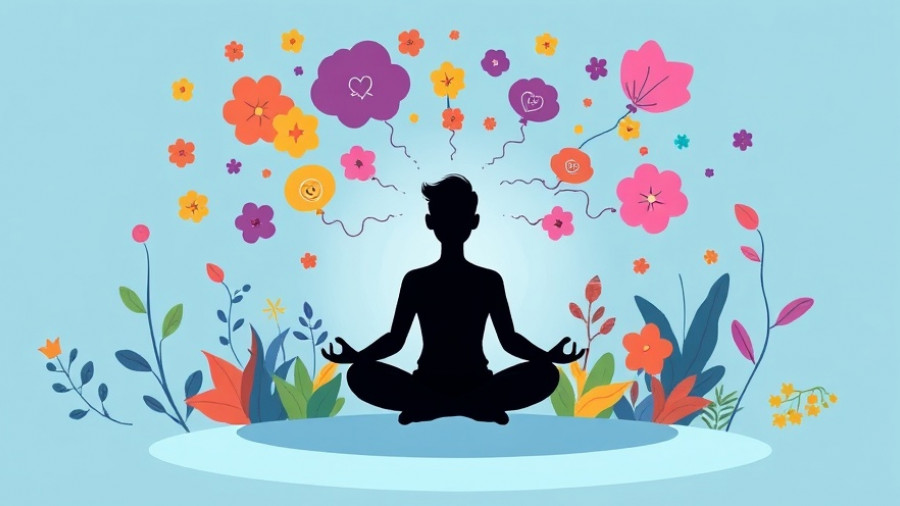
Understanding Cravings Through Curiosity
Everyone experiences cravings, but instead of fighting them with sheer willpower, what if we got curious about them instead? Recent research shows that cravings are often a complex interplay of emotional, physical, and environmental triggers. They represent more than just impulsive desires—they can reveal underlying patterns and unmet needs in our daily lives. This is where mindfulness meditation comes into play, offering a compassionate and constructive approach to understanding our cravings.
Curiosity over Willpower: A Mindful Approach
The traditional approach to cravings often revolves around discipline and willpower, leading to a cycle of guilt and shame when individuals slip up. However, mindfulness advocates a different perspective. By acknowledging and exploring cravings instead of suppressing them, we open ourselves to a path of self-discovery. This technique not only fosters self-compassion but also lays the groundwork for developing healthier habits, as emphasized by Judson Brewer in his insightful 12-minute meditation practice.
The Science Behind Cravings and Mindfulness
Researchers have found that cravings are closely tied to brain chemistry and emotional states. The brain's reward system release dopamine when we indulge in comfort foods, reinforcing the habit over time. Mindfulness meditation activates the prefrontal cortex and calms the amygdala, allowing for a measured response to cravings instead of a reactive one. This process helps reshape our relationship with food and emotional triggers, offering a valuable toolkit to those seeking a healthier lifestyle.
Practical Tips: How to Meditate to Manage Cravings
Starting with a simple meditation practice can make a significant difference. Here’s how to incorporate mindful techniques into your routine:
- Mindful Breathing: Focus on your breath as cravings arise. Notice the sensations in your body and allow the craving to be present without immediate judgment or action.
- Body Scan: This technique helps identify where you feel cravings in your body. Recognizing physical manifestations can help you understand their emotional root causes.
- STOP Method: Pause when a craving hits. Take a breath, observe your feelings, and only then proceed with your response—whether that’s choosing to eat or finding an alternative.
Building a Mindful Eating Environment
Creating an environment conducive to mindful eating is equally essential. Designate a specific place for meals that’s free from distractions such as phones or television. By associating a calm space with eating, you increase the likelihood of remaining present with your meals and reducing impulsive behaviors.
Support through Technology
In today's tech-driven world, tools like The Mindfulness App provide guided sessions that make integrating mindfulness into your routine feel more manageable. With over 500 guided meditations, the app can help you reinforce your understanding of cravings and develop self-awareness techniques. By having this resource available, you can turn to meditation even in the busiest moments of your day.
Take Action: Begin Your Mindful Journey Today
Mindfulness meditation offers a gentle but powerful way to explore cravings without giving in to the typical sensations of guilt or shame. Why not start by integrating one mindful eating practice into your next meal? You’d be surprised to discover how shifting your focus can transform your relationship with food and cravings.
 Add Row
Add Row  Add
Add 




Write A Comment